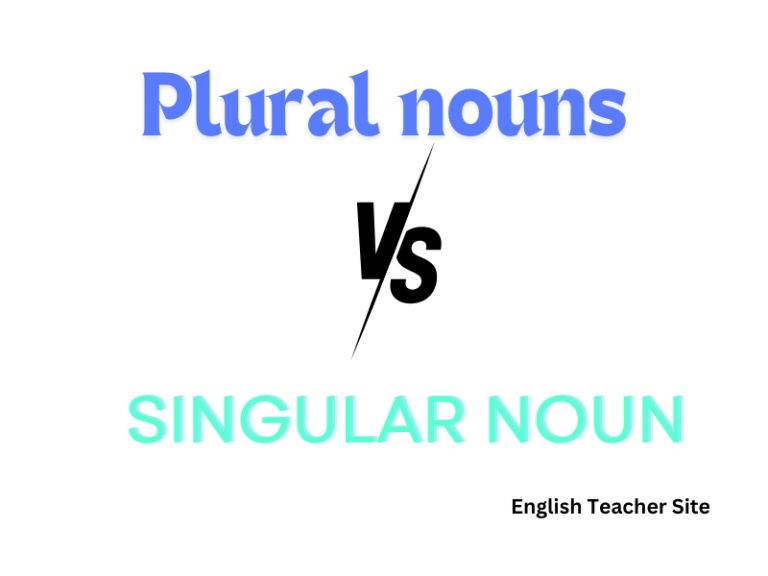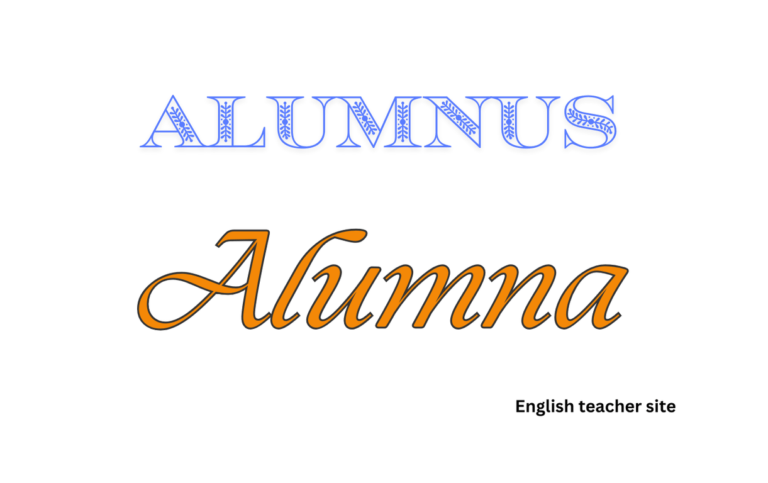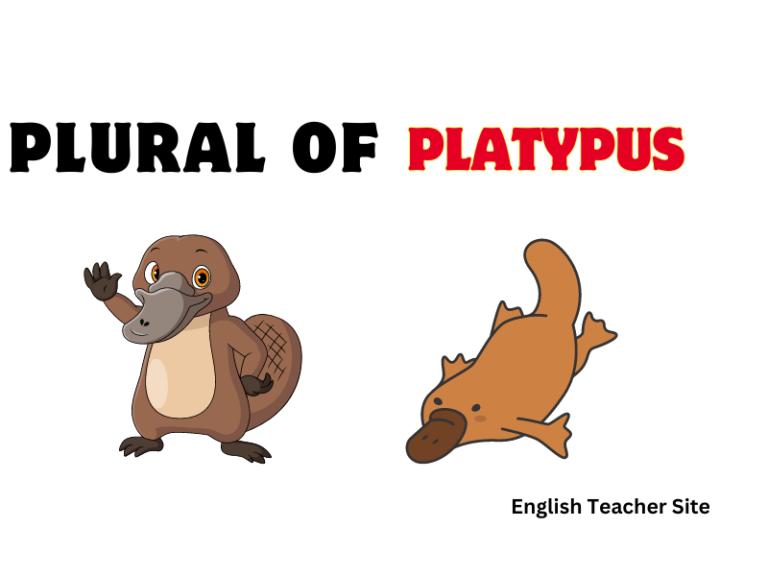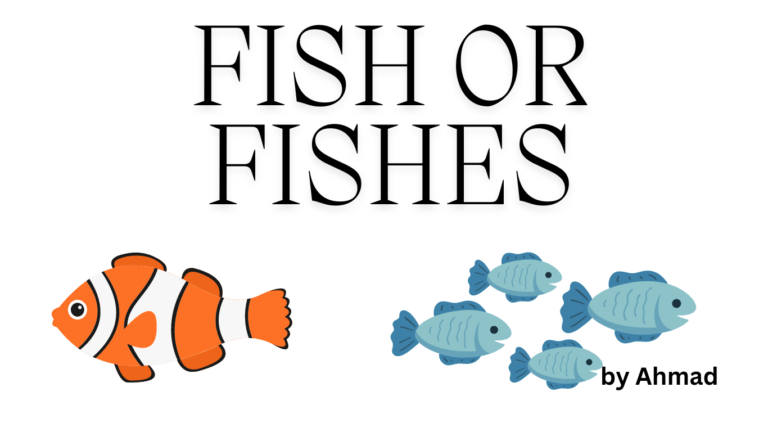What’s the Plural of Vertebra: Understanding Spinal Anatomy Terms
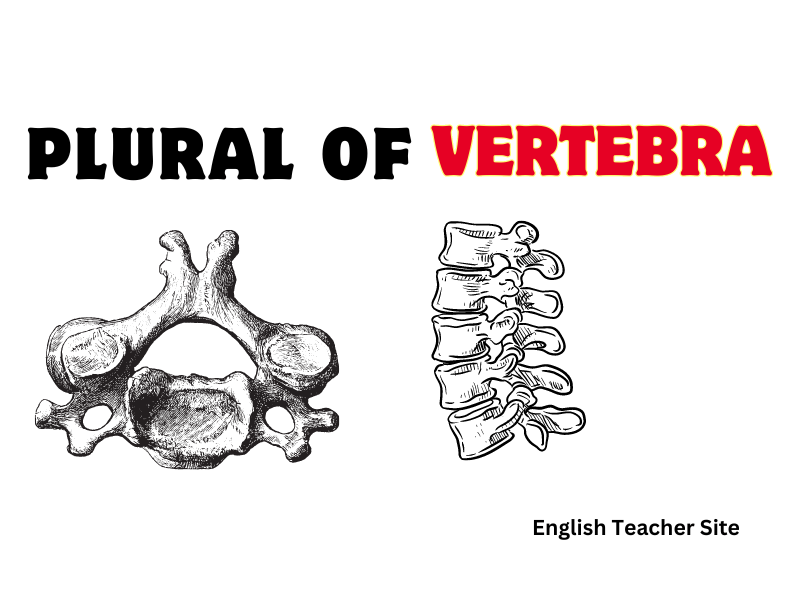
- ‘Vertebra‘ is a singular term for a bone in the spine, and its plural can be either ‘vertebrae’ or ‘vertebras’.
- The Latin origin of ‘vertebra’ influences its irregular plural form, which is ‘vertebrae’.
- ‘Vertebras‘ is an accepted plural form of ‘vertebra’ in less formal English use.
The plural form of ‘vertebra’ often raises questions among both English learners and native speakers. ‘Vertebra’ refers to one of the individual bones that stack to form the vertebral column or spine. While singular terms in English are straightforward, plurals can present irregularities, especially when borrowing from other languages, like Latin in this case.
What’s the Plural of Vertebra?
The plural form of this term is often needed and recognized in two versions: vertebrae and vertebras.
Forms of Plural for Vertebra
| Plural Type | Usage |
|---|---|
| Vertebrae | Often used in formal and medical contexts |
| Vertebras | Less common but still acceptable in everyday language |
- Vertebrae:
- This is the traditional and most widely accepted plural form.
- It’s consistent with the original Latin pluralization.
- Vertebras:
- An Anglicized version, increasingly used in less formal contexts.
- May be found in broader, non-specialist discourse.
Contextual Usage of Vertebra Plurals
| Context | Preferred Plural |
|---|---|
| Medical Journal | Vertebrae |
| General Conversation | Either vertebrae or vertebras |
Singular Form of Vertebra
The term “vertebra” is used to denote the singular form. This singular term describes one of the numerous bones that are joined to form the backbone, each known as a vertebra.
Characteristics of a Vertebra
A single vertebra is comprised of several key parts:
- Body: The thick, anterior portion of the bone.
- Vertebral Arch: Includes the lamina and pedicle.
- Spinous Process: The pointed, posterior part of the arch.
Anatomy of a Vertebra
| Part | Description |
|---|---|
| Body | Main anterior block of the bone |
| Vertebral Arch | Surrounds the spinal cord including lamina and pedicle |
| Spinous Process | Posterior protruding part for muscle attachment |
Meaning of Vertebra
A vertebra is a single bone in the spinal column, a series of bones that extend down the middle of the back in vertebrate animals. These bones provide various vital functions:
- Support: They form the backbone, pivotal for the structural support of the body.
- Protection: They encase and shield the spinal cord—the communication superhighway between the brain and the body.
- Flexibility: They facilitate a range of movements.
Each vertebra is typically composed of a roundish body and a vertebral arch. The cylindrical stack of vertebrae forms the vertebral column, commonly known as the spine. It is noteworthy that while the word vertebra specifies a single segment, it interconnects with adjacent vertebrae through intervertebral discs and facet joints.
| Component | Function |
|---|---|
| Vertebral Body | Bears weight and withstands compression |
| Vertebral Arch | Encircles the spinal cord |
Vertebrae are categorized into different regions corresponding to the spinal column’s sections:
- Cervical: The neck portion, typically consisting of seven vertebrae.
- Thoracic: The upper back area, usually composed of twelve vertebrae.
- Lumbar: The lower back segment, commonly consisting of five vertebrae.
- Sacral and Coccygeal: The base of the spine, composed of fused vertebrae.
| Region | Number of Vertebrae |
|---|---|
| Cervical | 7 |
| Thoracic | 12 |
| Lumbar | 5 |
| Sacral and Coccygeal | 9 (fused) |
Other Latin Nouns
Latin, as the progenitor of the Romance languages, has bequeathed a significant amount of its vocabulary to English. While the plural of vertebra is known as vertebrae or vertebras, there are other Latin-based English words that follow similar rules in pluralization.
Nouns ending in -us:
| Singular | Plural |
|---|---|
| alumnus | alumni |
| cactus | cacti |
| focus | foci |
These words often change the “-us” ending to “-i” to form the plural, though in modern usage, English forms such as “cactuses” or “focuses” are also acceptable.
Nouns ending in -um:
| Singular | Plural |
|---|---|
| datum | data |
| medium | media |
| memorandum | memoranda |
Nouns ending in -a:
- Formula becomes formulae or formulas
- Larva becomes larvae or larvas
- Vertebra becomes vertebrae or vertebras
The typical transformation involves replacing the “-a” with “-ae,” though the Anglicized version, adding an “s,” is also widely accepted.
Sentences with the Word Vertebra
Let’s consider some example sentences that incorporate the word “vertebra.”
Examples in Context:
| Singular Use | Plural Use |
|---|---|
| The X-ray showed a fractured vertebra in the patient’s lower back. | An injury to the spinal cord can affect multiple vertebrae and lead to serious consequences. |
| A herniated disc can put pressure on a vertebra and cause pain. | Doctors examined the alignment of her vertebrae during the physical examination. |
Exploring Sentence Structure:
- When studying the column of vertebrae, it’s fascinating to observe how each vertebra connects with the next.
- A vertebra can succumb to various diseases, such as osteoporosis, which may weaken the bone’s integrity.
- In vertebrates, the vertebrae play a critical role in protecting the spinal cord and providing structural support.
Utilizing Vertebra in Descriptive Writing:
- The vertebra at the base of the cervical spine supports the skull and enables nodding movements.
- Paleontologists often unearth fossilized vertebrae that reveal insights into prehistoric creatures’ anatomy.
Application Examples of Vertebrae/Vertebras
It’s crucial to use precise terminology, particularly when referencing the bones of the spine. In educational settings, such as biology classes, the term “vertebrae” is typically used to refer to multiple spinal bones.
For instance, a lecturer might explain that humans generally have 33 vertebrae that form the vertebral column. In contrast, in less formal contexts, the term “vertebras” is also accepted.
| Context | Appropriate Usage |
|---|---|
| Academic Papers | In academic texts, “vertebrae” is the standard form which conforms to the Latin root of the word. |
| Informal Discussion | “Vertebras” may be used in everyday conversation; however, it’s less common and might be considered informal. |
- Writing and Communication:
- Formal Correspondence: It is advised to use “vertebrae” in formal writings such as medical reports or scholarly articles.
- Informal Instances: The plural “vertebras” might appear in novels or casual articles, often aimed at a general audience.
To understand the distinctions further:
| Form | Usage |
|---|---|
| Vertebrae | Preferred in scientific research and detailed anatomical references. |
| Vertebras | Seen as acceptable in non-specialist texts or when deviating from strict anatomical context. |
In literature or creative writing, authors might use either form depending on the required tone of their narrative. For example, a character with a medical background might consistently use “vertebrae,” while another without might say “vertebras.”
Origin of the Word Vertebra
The term vertebra comes from the Latin vertebra, which refers to a joint or an articulation of the body, with a particular emphasis on the bones that make up the spine. This Latin term is believed to be derived from the verb vertere, meaning “to turn”. The instrumental suffix -bra is thought to complement the concept, suggesting a component that facilitates turning or bending.
| Latin Roots | Meaning |
|---|---|
| vertō (to turn) | Indicates movement or turning capability |
| -bra | Instrumental suffix suggesting a facilitating component |
The historical use of the word dates back to the early 15th century. The plural form vertebrae signifies the collection of bones stacked upon each other to compose the vertebral column or backbone.
- Etymology of vertebra involves:
- A turn or bend metaphor linked to body movement.
- An instrumental suffix implying a functional part of a greater mechanism, i.e., the spinal column.
Notably, the structure of the vertebrae allows for the flexibility and motion necessary for the human body’s diverse range of movements.
Sources
My name is Khamis Maiouf. I am the creator of the English Teacher Site, dedicated to providing valuable resources and insights for students around the world. With a passion for education and a commitment to helping students enhance their skills, I aim to make English teaching more effective and enjoyable for both educators and students.


